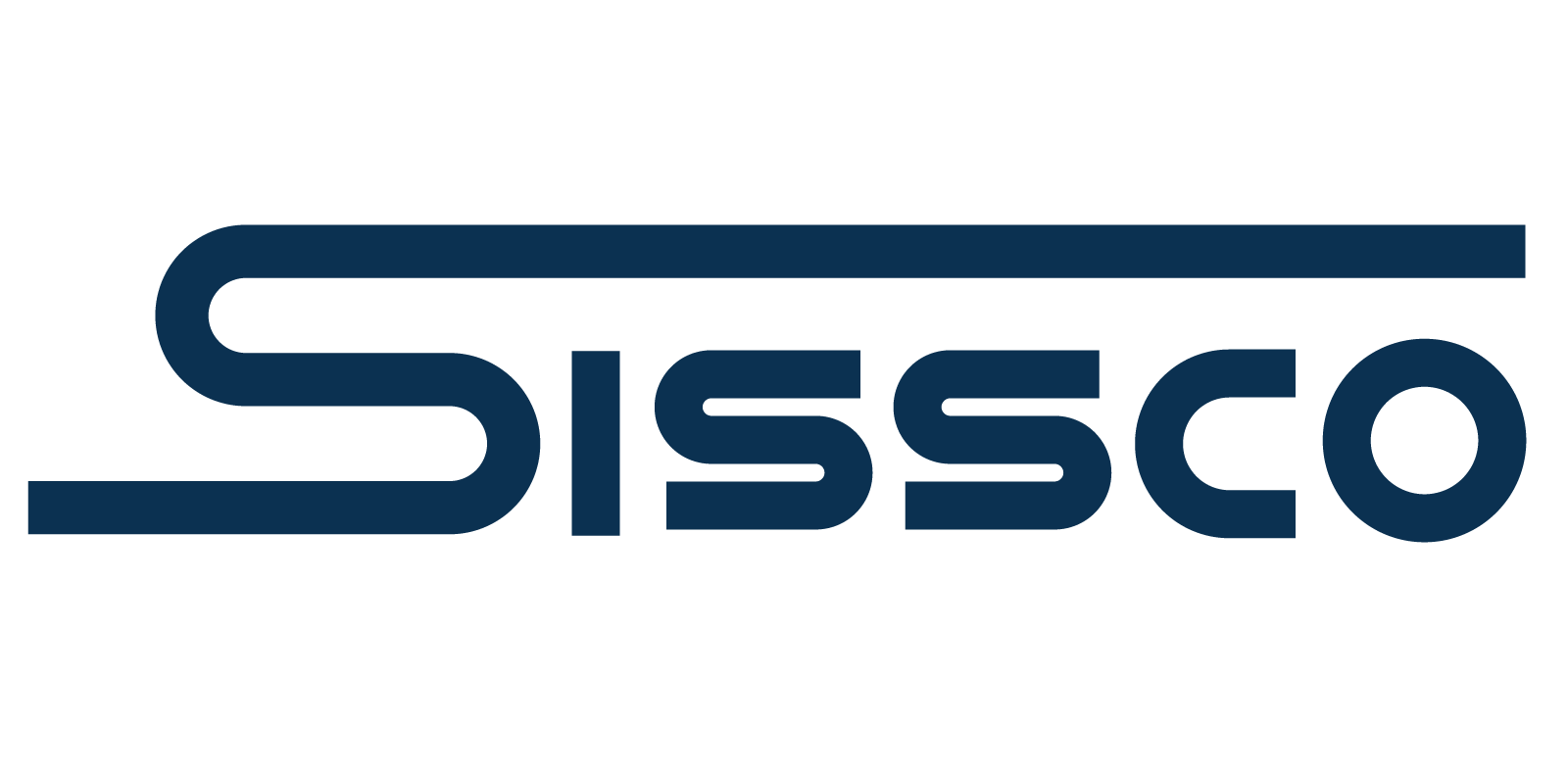Without a doubt, all overhead cranes require service and repair. What we do with them in operation and storage determines how long the systems will last. Maintaining overhead cranes and hoists in top condition is not just about compliance; it’s about ensuring the safety and efficiency of your operations. Regular, detailed inspections are the cornerstone of this commitment. Let’s delve into a refined approach for your monthly and pre-use inspection routines, focusing on the key areas that demand attention. If you notice issues during inspection, big or small, you should immediately contact the best overhead crane service NY offers.
Monthly Inspections to Reduce Overhead Crane Service in NY: Ensuring Long-Term Safety and Efficiency
Monthly inspections aim to safeguard the operational integrity and safety of overhead cranes and hoists. These thorough checks help identify and rectify potential issues, preventing accidents and ensuring your equipment runs smoothly.
Comprehensive Checklist for Effective Inspections
- Load Rating Visibility: Verify that the load rating is prominently displayed on all sides of the crane or hoist, ensuring it’s readable from the ground. This is crucial for operational safety and compliance.
- Warning Labels: Check that all warning labels are clean, legible, and fully intact. These labels are essential for communicating risks and safe operation practices to workers.
- Hook Inspection:
- Examine the hook for any signs of deformation, cracks, or bends, which could compromise lifting operations.
- Ensure the safety latch is present, functional, and correctly engaged to prevent load slippage.
- Inspect the hook’s attachment and securing mechanisms for reliability during operations.
- Hoist Chain and End Connections: Look for signs of wear, twist, or distortion. Ensure there’s no interference with the chain’s proper function, which could lead to dangerous load drops.
- Running Rope and End Connections: Check for wear, broken strands, or any deterioration that could affect the rope’s strength and safety.
- Wire, Rope, and Chain Reeving: Confirm that all components are correctly reeved and seated in the drum grooves, as incorrect reeving can significantly impact the equipment’s performance and safety.
- Equipment Integrity: Inspect the hoist, lever, trolley, bridge, runway, and electrical systems for any loose, broken, or damaged parts. The integrity of these components is essential for safe and efficient operation.
- Load Block, Drums, and Sheaves: Check for any signs of deformation affecting the equipment’s ability to lift and maneuver loads safely.
- End Stops Placement: Verify that end stops are correctly placed and in good condition to prevent the crane from over-traveling, which could lead to dangerous situations.
- Loose Items: Ensure no loose items are on or around the equipment that could potentially fall, creating safety hazards.
- Pendant Controls: Inspect the controls for damage or missing labels and test their responsiveness. Properly functioning controls are crucial for the safe operation of the crane or hoist.
- Operating Mechanisms: Test all mechanisms for any signs of maladjustment and listen for unusual sounds that could indicate wear or failure.
- Air or Hydraulic Systems: Inspect these systems for any deterioration or leakage that could affect performance or lead to equipment failure.
- Braking Systems: Test the hoist, bridge, and trolley braking systems to ensure they operate correctly and can safely stop the equipment when needed.
- Trolley and Bridge Tracking: Check that the trolley and bridge are properly aligned and move smoothly along their tracks, as misalignment can lead to operational issues and increased wear.
- Hook Drift: Test for minimal or no drift when the controls are released. Stable positioning is essential for precise operations.
- Limit Devices and Switches: Ensure these safety features function correctly to prevent the crane from operating beyond its safe operating limits.
Pre-Use Inspections: Quick Safety Checks Before Operation
Before each use, perform a quick inspection to identify any immediate safety concerns. This routine check should focus on verifying load rating visibility, inspecting the hook and its safety latch, checking the condition of hoist chains and ropes, ensuring all parts are correctly seated and free from damage, and confirming the operational efficiency of controls and braking systems. These quick checks can significantly contribute to the safe and efficient use of the equipment.
Your NY Overhead Crane Service Partners: Trust the Best
By adhering to this detailed inspection routine, you can ensure that your overhead cranes and hoists comply with safety regulations and operate at their best, safeguarding your operations and your team.



